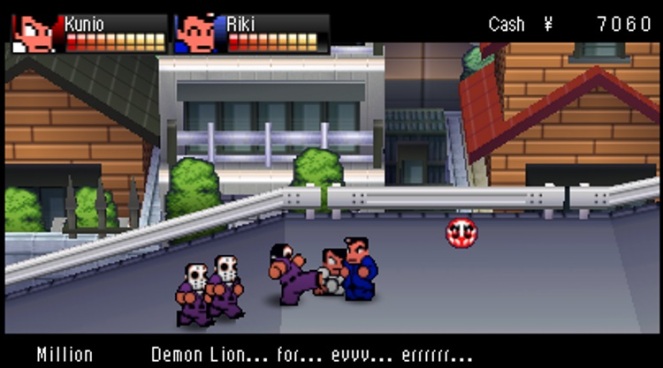In no particular order – or they’re actually alphabetical. Either way.
Doom
Excessive and brutish, few excel in their violence like Doom. Underneath the swell of sound caused by shotguns, rocket launchers, and exploding demons is a crafty lampooning of religious devotion and the corporate goons who keep their employees invested in the cult rather than profit sharing. Obviously loud anti-capitalist entertainment, sure, but performed with incredible design elegance, even if it’s hard to see behind a wall of blood.

Forza Horizon 3
Videogame escapism at its finest. Beautiful and so, so rich – car culture enthusiasm without limits, tearing through an exotic, richly realized Australian landscape. No one cares or notices the liability or damage, utilizing the full breadth of its fantasy. Instead, Horizon 3 embraces the bliss of freedom – ridiculous or otherwise – and relishes every opportunity to be bad, guilt-free.

Mother Russia Bleeds
Harboring the anarchist edge of exploitation cinema, Mother Russia Bleeds fits to its title, exhibiting absolute truth in advertising. Indebted to the brawler genre, developer Devolver Digital uses the catharsis of melee combat to spill a tale of oppression, cruelty, and rebellion. Pixel art is used for its directly expressive quality and dirty backgrounds feel properly unwelcoming. Not a videogame necessarily proud of its violent heritage, yet abrasive for the sake of retelling a chunk of post-Soviet Union history in the style of an adult fable.

Ratchet and Clank
Splendid story of idols, influence, and being your own hero. Better – by a sizable margin – than the movie it’s based on, Ratchet and Clank celebrates contemporary hero culture by empowering everyday people (and a Lombax) as opposed to the galaxy’s super powered defenders. It does so in an expertly designed and fetching game world, a joy to explore. Saturated, smart, and overall stellar entry in this series.

River City: Tokyo Rumble
Clever brawler which casts consummate hero Kunio and three social rejects to take on a caricature of Japan’s bullying epidemic. Told with the eccentric and ridiculous style of River City Ransom, complete with silly martial arts and shops selling hyper nutritious ramen, it’s unflinchingly Japanese in its presentation. Yet, it reads to an American audience with an even passing knowledge of the culture.

Sega 3D Classics Collection
Celebrating Sega’s artifacts from a wound up ’80s arcade culture, these 3D remixes show how alive stereoscopic tech can make games feel. Power Drift (lost to American audiences for decades) is worth the collection on its own, yet Galaxy Force II and Fantasy Zone bring in splendid sci-fi and surreal landscapes, respectively. It’s incomplete, minus the grit of Streets of Rage, but it’s an honest, accurate set of games which represent a company at their peak as much as the culture.

Shantae: Half Genie Hero
Bouncy, friendly, and adorable – WayForward’s creative charms as a studio show in every frame of stellar animation and carefree dialog. Few games go to such length to define the entire output of a developer, yet WayForward’s identity streams through every frame of this series’ fourth entry. Here, the platforming genre finds continuing energy, dominated by snappy quips, affectionate personality, and comfortable platforming, exuding a joy that is all Shantae – genies, magic, and wily irreverence.

Titanfall 2
Respawn’s narrative work is blockbuster-level stupid, building on a faulty relationship between a robot and soldier. Titanfall 2’s success is everywhere else… absolutely everywhere and in everything the game does. Faultless, never repetitious stages and exquisitely responsive gunplay pop out a high dollar videogame expressive enough to form an identity on design power alone. That gameplay cycle continues into the multiplayer loop, a marriage of campaign theatrics and versus competition so flush with synergy, the pairing can never be seen as unequal.
